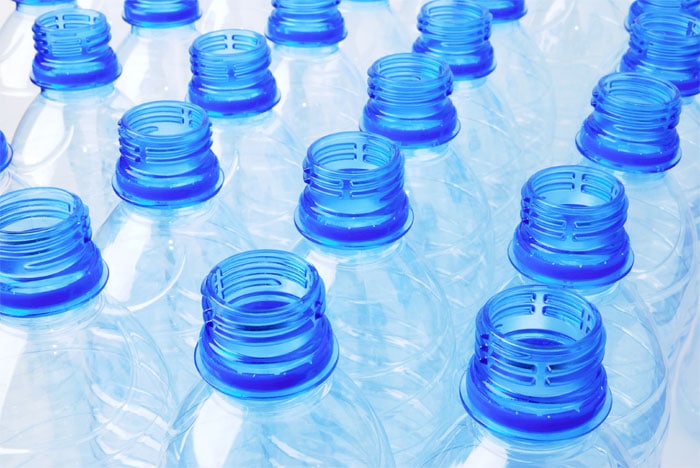
Written By: Sofia Layarda, MPH
Title: Master of Public Health
Alumni: University of California, Berkeley
Last Updated on:

In the December 2009 issue of Consumer Reports, lab tests conducted on several brands of canned juice, soups, tuna, and green beans found that almost all of the products contained some level of BPA (short for the chemical Bisphenol A), including some organic products and those labeled BPA-free. Should we be concerned?
Table of Contents
The previous media spotlight on BPA focused on its use in hard polycarbonate drinking water bottles, often used by sports enthusiasts. Many popular water bottle makers have since switched to plastics made without BPA or skipped plastics altogether in favor of stainless steel bottles.
In foods, BPA is used as the lining for most canned foods, including the tin lining for baby formula. The Consumer Reports tests detected BPA in the ready-to-use baby formula, but did not found any in the powdered version.

Starting in October 2008, Canada banned the import and sale of baby bottles containing BPA. While an outright ban has not occurred in the US, in January 2010 the FDA finally released an update that outlines “concern about the potential effects of BPA on the brain, behavior, and prostate gland in fetuses, infants, and young children.”
Scientific literature often refers to BPA as mimicking the action of the hormone estrogen, and possibly other hormones. We spoke with Dr. Alan Greene, pediatrician and author of the book Feeding Baby Green. Despite its fairly recent coverage in the media, BPA has been around for a long time. “We know that BPA is biologically active, like a hormone, so the only disagreement has to do with how much the body is able to handle before toxic effects set in,” Dr. Greene said. According to Dr. Greene, studies that have measured BPA levels in blood have shown that higher levels are linked to impotency and possibly heart disease.
Dr. Greene’s general rule with regards to canned foods is that the more liquid in the can and the more acidic the food, the greater the chance of more BPA leaching from the container into the food. Whenever possible, look for packaging options other than metal cans. For example:
If you use plastic containers to store your leftovers, check the number shown on the bottom of each container, and throw out any marked with a 3, 6, or 7. Safe plastics (made without BPA) are the ones numbered 2, 4, and 5. To be sure, check the packaging for terms like “without BPA” or “BPA-free,” or contact the manufacturer if in doubt. And when you are reheating food in the microwave, use glass containers instead of plastic ones. Encouragingly, the Consumer Reports slew of tests did find some products that used non-epoxy (no BPA) linings, so as manufacturers pay more attention to consumer demand, look for more canned products that use BPA-free liners.
Given BPA’s ubiquitous use, it may be unrealistic to expect zero exposure to it. However, whatever small steps we can take to minimize the likelihood of exposure (and the amount consumed) should help.
Alumni: University of California, Berkeley – Sofia believes in bringing back fun and pleasure into everyday eating. She loves cooking, and is constantly experimenting with ingredients, creating recipes and trying them out on family and friends. Her latest interest lies in finding realistic and practical ways of environmentally-friendly food/eating habits.